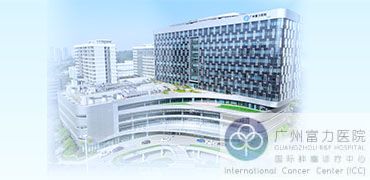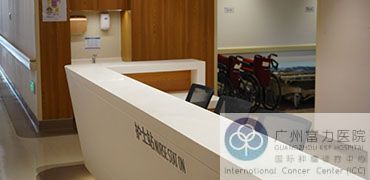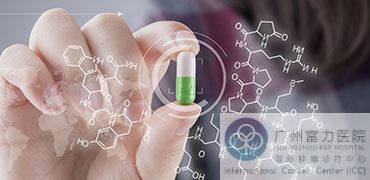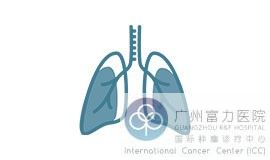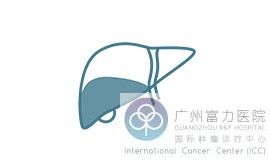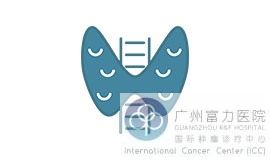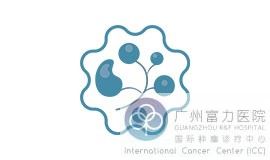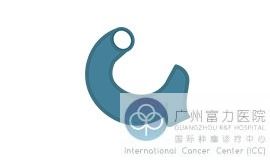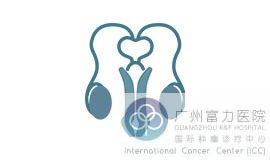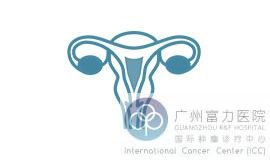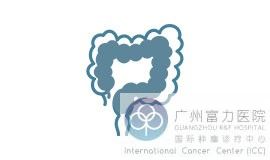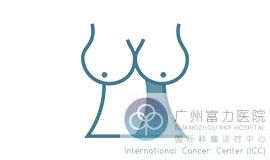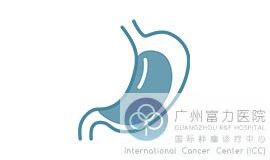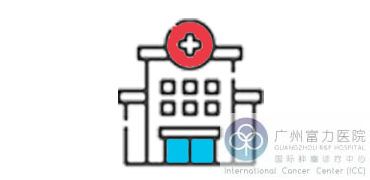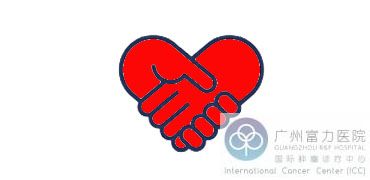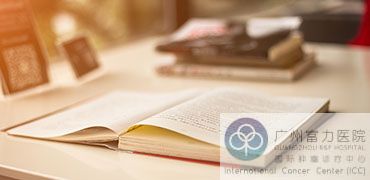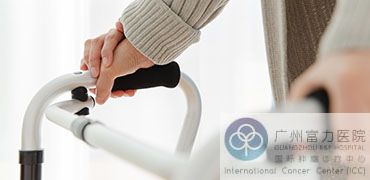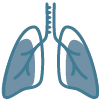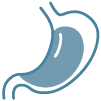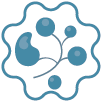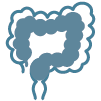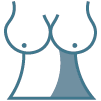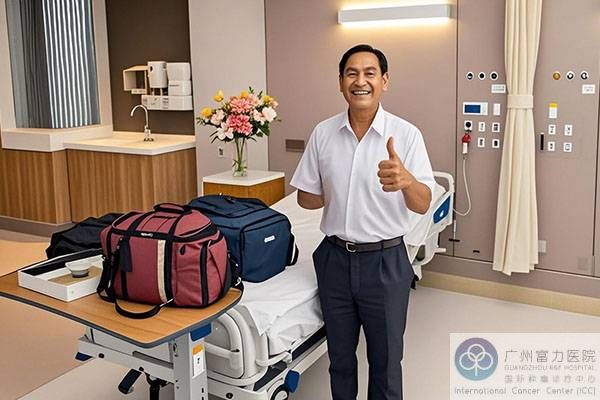Let the natural power of plant essential oils become a powerful ally in anti-cancer treatment.
In the Guangzhou R&F Hospital Tumor Center, a set of aromatherapy systems that combines the wisdom of Arabian fragrances and the essence of Southeast Asian herbs is bringing healing power beyond drugs to international cancer patients. Based on the theory of tumor microenvironment olfactory receptor regulation, the "culturally adapted aromatherapy program" we developed has been internationally patented. Clinical data in 2024 showed that the incidence of nausea in chemotherapy patients decreased by 71%, the cancer pain score of patients decreased by 53%, and the improvement rate of patients' anxiety scale reached 82%.
The core concept of aromatherapy: the symbiosis of science and humanities
Aromatherapy is not a simple "aroma relaxation", but is based on the deep interaction between plant essential oil molecules and the human nervous and immune systems. Studies have shown that:
Linalyl acetate in lavender essential oil can reduce the level of stress hormone cortisol and relieve chemotherapy anxiety;
Limonene in lemon essential oil can activate NK cell activity and enhance immunotherapy response;
Frankincense essential oil reduces cancer pain and opioid dependence by inhibiting the COX-2 pathway.
Technical advantages of Japanese aromatherapy: a healing revolution that focuses on details
Compared with traditional aromatherapy, our hospital's Japanese system has three major breakthroughs:
Precise essential oil matching:
○ Introducing the patent database of Aizawa Hospital to match "targeted aroma combinations" according to tumor type, treatment stage and side effects.
For example:
○ Chemotherapy vomiting: ginger + green mint essential oil (inhibits medullary vomiting center);
○ Radiation dermatitis: German chamomile + helichrysum essential oil (promotes epidermal repair).
Cultural integration design:
○ Customize tropical scents such as lemongrass and citronella for Southeast Asian patients;
○ Provide halal-certified frankincense and myrrh essential oils for Middle Eastern patients, suitable for prayer and meditation scenes.
Multimodal intervention technology:
○ Ultrasonic atomization inhalation: Control the particle size of essential oil molecules to 0.1-1 microns to improve lung absorption efficiency;
○ Acupoint transdermal introduction: Combined with the theory of meridians in traditional Chinese medicine, use ginger essential oil to massage the Zusanli acupoint to relieve coldness after chemotherapy.
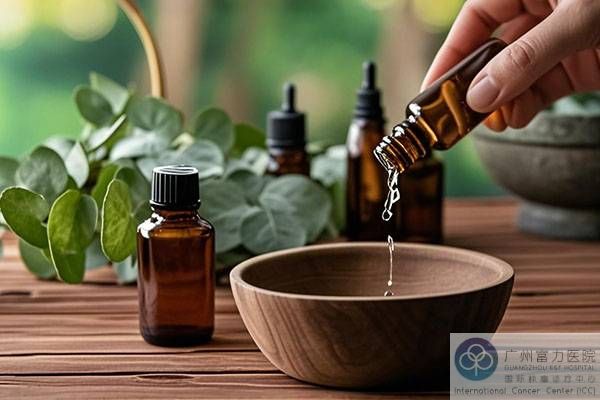
Significant advantages of aromatherapy for cancer patients
Dimension | Conventional Psychological Support | Fuli Aromatherapy System |
Speed of onset | 1-2 weeks | 3-5 minutes |
Mechanism of action | Neuropsychological regulation | Gene-olfactory-immune axis regulation |
Cultural inclusiveness | Language dependence | Olfactory memory has no borders |
Side effects | Risk of drug interaction | Zero liver and kidney metabolic burden |
Patient compliance | 65% | 92% |
From laboratory to bedside: the scientific path of aromatherapy
Evaluation stage:
○ Through the psychological scale (HADS), pain score (NRS) and salivary cortisol test, the core needs of the patient are locked in;
○ Olfactory sensitivity test to exclude the risk of allergies (such as some patients are sensitive to ylang-ylang essential oil).
Intervention phase:
○ Group healing workshop: patients and their families jointly mix personalized essential oils, make aromatherapy stones or massage oils, and rebuild a sense of control over life;
○ Nighttime hospice care: in the "meditation room" of the independent rehabilitation center, use lavender + sandalwood essential oils for aromatherapy to improve cancer-related insomnia.
Tracking phase:
○ Wearable devices monitor heart rate variability (HRV) to quantify the effect of mood improvement;
○ Monthly aroma diary sharing to record the trajectory of patients' physical and mental changes.
Why choose our aromatherapy?
International technical endorsement:
○ Japan Aizawa Hospital provides year-round remote supervision to ensure that the program is homogeneous with the Tokyo headquarters;
○ The independent rehabilitation center is JIS certified and equipped with a fully automatic essential oil cold chain storage system.
Interdisciplinary team support:
○ Aromatherapists, oncologists, and psychologists jointly develop plans to avoid "aroma islands";
○ Multilingual services cover English, Arabic, and Malay to eliminate cultural barriers.
Safety and personality are equally important:
○ All essential oils are tested by GC-MS to prevent impurity contamination;
○ Provide independent aromatherapy prayer rooms for Muslim patients to respect their religious needs.
Real case testimony of aromatherapy for multinational patients
Patient background:
Name: Nora (Indonesia, 45 years old, advanced cervical cancer)
Symptoms: Cancer pain NRS 7 points, morphine resistance
Cultural needs: Balinese Hindus, resisting synthetic drugs
Aromatherapy program:
Temple homeopathic therapy:
• Plumeria + ylang ylang temple fragrance reproduction
• Turmeric essential oil acupuncture (replace 30% of analgesics)
Cultural ritual intervention:
• Daily morning aromatherapy ceremony (activate psychological comfort)
• Prayer hand seal massage cream (containing frankincense + coconut oil)
Treatment results:
Pain score stabilized at 3-4 points
Completed 12 cycles of chemotherapy without adding opioids
Aromatherapy program is listed as a recommended treatment by the Bali Anti-Cancer Association
"These aromas remind me of the morning prayers in the temple, and pain is no longer synonymous with despair." - Nora
Other cancer patients received aromatherapy cases
Case 1: Anxiety caused by chemotherapy for lung cancer (Malaysia, 50 2 years old)
Suffered from severe nausea and fear during chemotherapy and refused to continue treatment. The "step-by-step aroma intervention" of Aizawa Hospital was adopted:
Phase 1 (before chemotherapy): sniffing lemon + grapefruit essential oil to enhance positive emotions;
Phase 2 (during chemotherapy): applying ginger essential oil on the wrist, combined with acupressure;
Phase 3 (after chemotherapy): lavender essential oil aromatherapy to help sleep. After 6 weeks, the patient's anxiety score dropped by 60%, and all chemotherapy cycles were successfully completed.
Case 2: Postoperative lymphedema after breast cancer surgery (Saudi Arabia, 38 years old)
Upper limb swelling and pain after surgery, conventional physical therapy has limited effect. Introducing Japanese "aromatic lymphatic drainage":
Geranium essential oil (promoting fluid metabolism) combined with multi-layer bandage therapy;
A "hot spring aromatherapy pool" was set up in the rehabilitation center, and frankincense essential oil was added to 42℃ water to relieve muscle stiffness. After 4 weeks, the circumference of the affected limb decreased by 5cm, and the pain score dropped from 7 points to 2 points.
Case 3: Hospice care for advanced colorectal cancer (Indonesia, 68 years old)
Bone metastasis pain is severe, and the side effects of morphine are difficult to tolerate. "Aroma memory therapy" is used:
According to the patient's childhood memories, jasmine (the smell of the hometown courtyard) + sweet orange essential oil are prepared;
Family members participate in hand massage and narrative healing is carried out simultaneously. The patient's pain was controllable before death, and the family members said that "the last time was full of calm aroma and loving dialogue."
For more patient stories, please click
Heal the pain with the breath of nature and protect dignity in the name of science.
The Guangzhou R&F Hospital Cancer Center has opened the era of "survival without chemotherapy" for cancer patients and won a lasting victory for life. If you or your family are facing the dilemma of cancer treatment, please contact the Guangzhou R&F Hospital Cancer Center. We provide multilingual medical record consultation, contact us immediately to obtain an assessment of treatment qualifications.
Contact us:
email: rfcancercenter@gmail.com |
whatsapp: +86 18565157271




